The Baby Products Market is currently characterized by a dynamic competitive landscape, driven by innovation, sustainability, and digital transformation. Major players such as Procter & Gamble (US), Johnson & Johnson (US), and Nestle (CH) are actively shaping the market through strategic initiatives aimed at enhancing product offerings and expanding their global reach. Procter & Gamble (US) has focused on sustainability, launching eco-friendly diaper lines that appeal to environmentally conscious consumers. Meanwhile, Johnson & Johnson (US) emphasizes health and safety, leveraging its strong brand reputation to introduce new organic baby care products. Nestle (CH) is enhancing its portfolio with a focus on nutritional products, particularly in the baby food segment, thereby addressing the growing demand for healthy options among parents.
The business tactics employed by these companies include localizing manufacturing and optimizing supply chains to enhance efficiency and responsiveness to market demands. The Baby Products Market appears moderately fragmented, with a mix of established brands and emerging players. The collective influence of key players fosters a competitive environment where innovation and consumer preferences dictate market dynamics.
In August 2025, Procter & Gamble (US) announced a partnership with a leading technology firm to develop smart diapers that monitor a baby's health metrics. This strategic move not only positions Procter & Gamble (US) at the forefront of technological innovation but also aligns with the increasing consumer interest in health monitoring solutions for infants. Such advancements could redefine consumer expectations and set new standards in the industry.
In September 2025, Johnson & Johnson (US) launched a new line of biodegradable baby wipes, reflecting its commitment to sustainability. This initiative is significant as it caters to the growing demographic of eco-conscious parents, potentially enhancing brand loyalty and market share. The introduction of environmentally friendly products may also compel competitors to adapt their offerings in response to changing consumer preferences.
In July 2025, Nestle (CH) expanded its baby food range by acquiring a startup specializing in organic baby snacks. This acquisition not only diversifies Nestle's product portfolio but also strengthens its position in the organic segment, which is witnessing robust growth. The strategic importance of this move lies in Nestle's ability to leverage the startup's innovative capabilities and Market Research Future, thereby enhancing its competitive edge.
As of October 2025, the Baby Products Market is increasingly influenced by trends such as digitalization, sustainability, and the integration of artificial intelligence. Strategic alliances among key players are shaping the landscape, fostering innovation and enhancing product offerings. The competitive differentiation is likely to evolve from traditional price-based competition to a focus on innovation, technology, and supply chain reliability, as companies strive to meet the sophisticated demands of modern consumers.


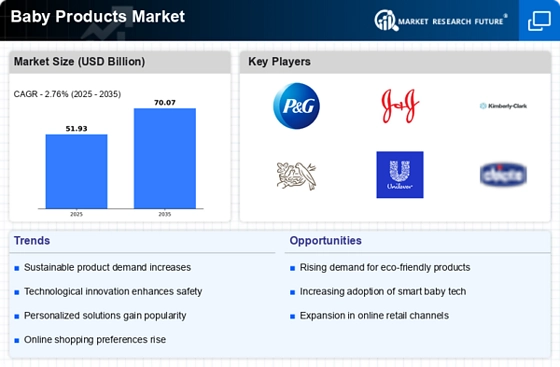
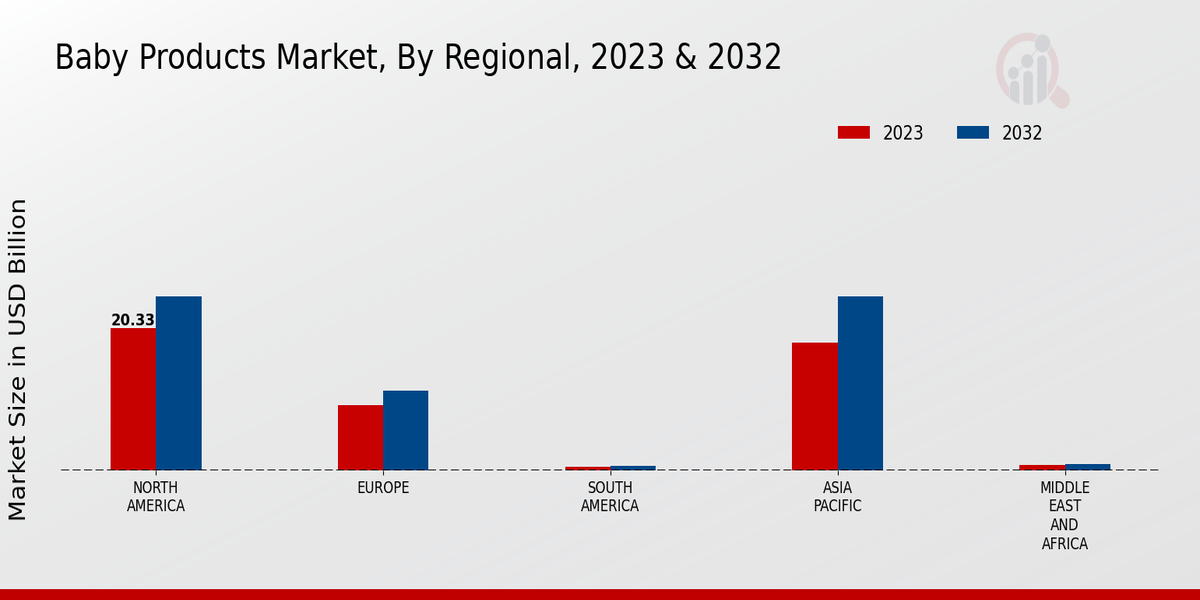
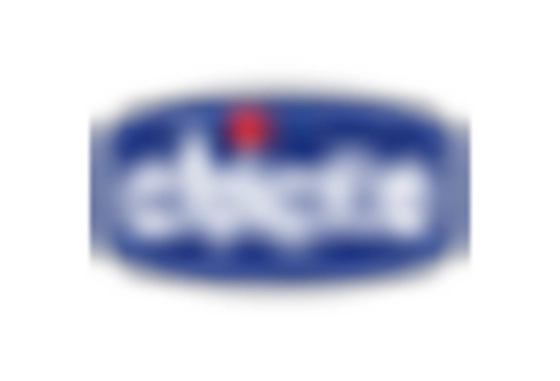

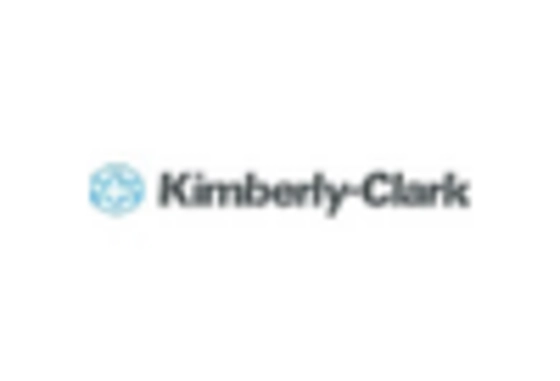

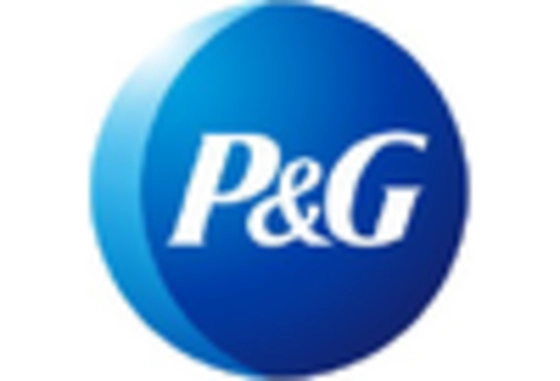









Leave a Comment